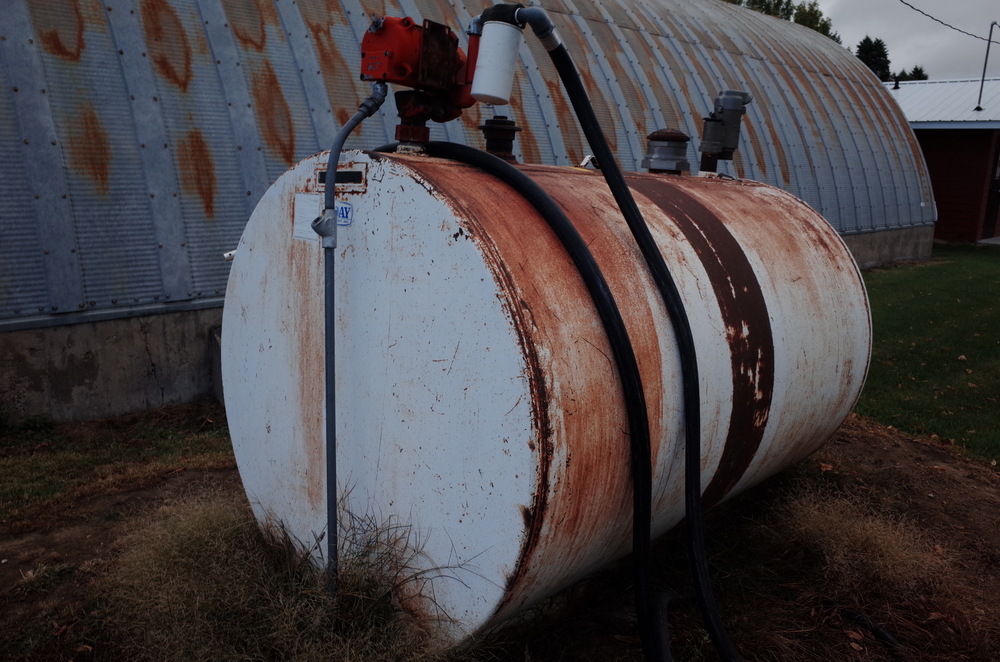Navigating Tank Removal Regulations: A Comprehensive Guide

Removing an underground or above-ground tank is no small task. It involves more than just physical labor; it requires compliance with various regulations and obtaining the necessary permits. In this comprehensive guide, we’ll cover everything you need to know about tank removal regulations, including how to comply with environmental regulations for tank removal and the specific tank removal permit requirements and regulations you should be aware of.
Tank Removal Regulations
When it comes to tank removal, regulations vary significantly depending on your location, the type of tank you’re removing, and the contents of the tank. Generally, regulations are designed to ensure environmental protection and public safety. Whether you’re dealing with a residential oil tank or a large industrial storage tank, understanding these regulations is crucial for a smooth removal process.
Why Regulations Matter
Tank removal regulations are in place to address potential hazards associated with tanks that previously contained hazardous materials. These regulations help prevent environmental contamination and protect public health by ensuring that tanks are removed and disposed of properly. Non-compliance can result in hefty fines, legal consequences, and environmental damage.
Types of Tanks Covered by Regulations
- Underground Storage Tanks (USTs): Often used for storing fuel, oil, or chemicals, USTs are regulated due to the risk of leaks contaminating soil and groundwater.
- Above-Ground Storage Tanks (ASTs): These tanks, which might store similar materials as USTs, are also subject to regulations to prevent spills and other accidents.
- Septic Tanks: Though not always covered by the same regulations as USTs and ASTs, septic tanks often have their own set of rules regarding removal and abandonment.
Tank Removal Permit Requirements and Regulations
Before you can start the tank removal process, you’ll need to navigate through various permit requirements and regulations. Here’s a breakdown of what you typically need to do:
1. Determine the Type of Tank and Its Contents
Different types of tanks and contents require different permits and procedures. For example, removing a residential heating oil tank involves different regulations than removing a commercial fuel tank.
2. Obtain the Necessary Permits
Local Permits: Check with your local city or county government to find out if you need a permit for tank removal. Regulations can vary widely depending on your location.
State Permits: Some states have specific regulations for tank removal, particularly for tanks containing hazardous materials. Contact your state environmental agency for details.
Federal Permits: In certain cases, such as with tanks that have contained significant quantities of hazardous substances, federal regulations may also apply.
3. Notify Relevant Authorities
In many jurisdictions, you must notify local or state authorities before starting the tank removal process. This allows them to monitor the removal and ensure compliance with regulations.
4. Conduct a Pre-Removal Assessment
A pre-removal assessment might be required to evaluate the condition of the tank and its contents. This often includes checking for leaks or contamination.
How to Comply with Environmental Regulations for Tank Removal
Complying with environmental regulations is crucial for ensuring that tank removal is done safely and legally. Here’s how to ensure compliance:
1. Develop a Removal Plan
A detailed removal plan should outline the procedures for safely removing the tank, managing its contents, and handling any contamination. This plan should comply with both local and federal regulations.
2. Hire a Certified Professional
Tank removal is a complex process that requires expertise. Hiring a certified professional ensures that the job is done correctly and in compliance with all relevant regulations. Look for contractors with experience and certifications in hazardous material handling.
3. Properly Dispose of the Tank and Its Contents
The tank and its contents must be disposed of in accordance with environmental regulations. This often involves:
Tank Disposal: The tank itself may need to be recycled or disposed of at a specialized facility.
Content Disposal: If the tank contained hazardous materials, these must be handled and disposed of according to hazardous waste regulations.
4. Conduct Post-Removal Testing
Once the tank is removed, post-removal testing may be required to ensure that there has been no contamination. This often involves soil and groundwater testing.
5. Document Everything
Keep thorough records of the entire tank removal process, including permits, inspections, and disposal receipts. These documents can be crucial if any issues arise later.
Common Pitfalls and How to Avoid Them
Navigating tank removal regulations can be challenging. Here are some common pitfalls to watch out for and tips on how to avoid them:
1. Failing to Obtain Necessary Permits
Ensure that you obtain all required permits before starting the removal process. Failing to do so can result in legal issues and fines.
2. Neglecting to Notify Authorities
Always notify relevant authorities as required. This helps ensure that the removal process is monitored and compliant with regulations.
3. Inadequate Pre-Removal Assessment
A thorough pre-removal assessment can help identify potential issues before they become major problems. Don’t skip this crucial step.
4. Improper Disposal of Tank and Contents
Follow all regulations for disposing of the tank and its contents. Improper disposal can lead to environmental contamination and legal consequences.
5. Skipping Post-Removal Testing
Post-removal testing is essential for confirming that no contamination has occurred. Don’t skip this step, as it is critical for environmental safety.
Conclusion
Navigating tank removal regulations may seem daunting, but understanding the requirements and following the proper procedures will help ensure a successful and compliant removal process. By securing the necessary permits, complying with environmental regulations, and avoiding common pitfalls, you can handle tank removal with confidence and contribute to a cleaner, safer environment.
Whether you’re dealing with a small residential tank or a large industrial one, adherence to these guidelines will protect both the environment and your interests. For more information on tank removal regulations specific to your area, contact local and state regulatory agencies or consult with a certified tank removal professional.


